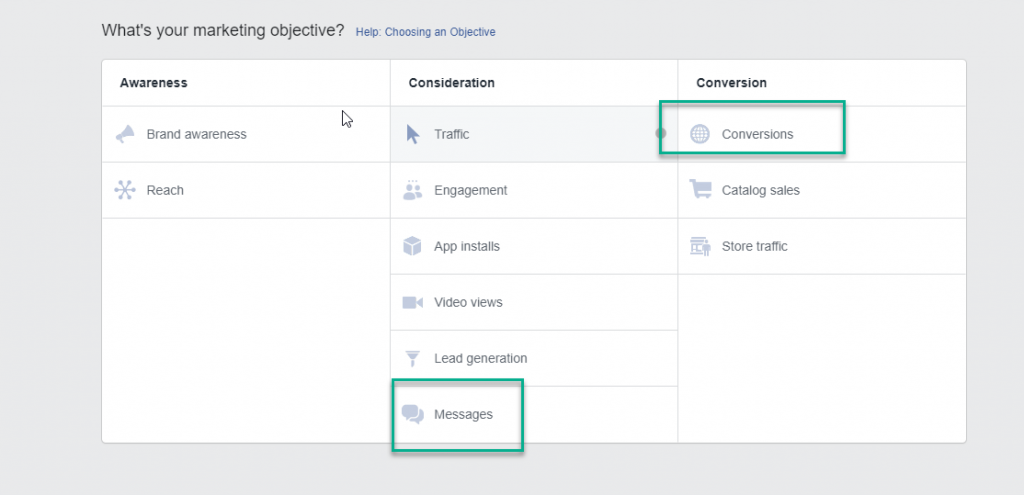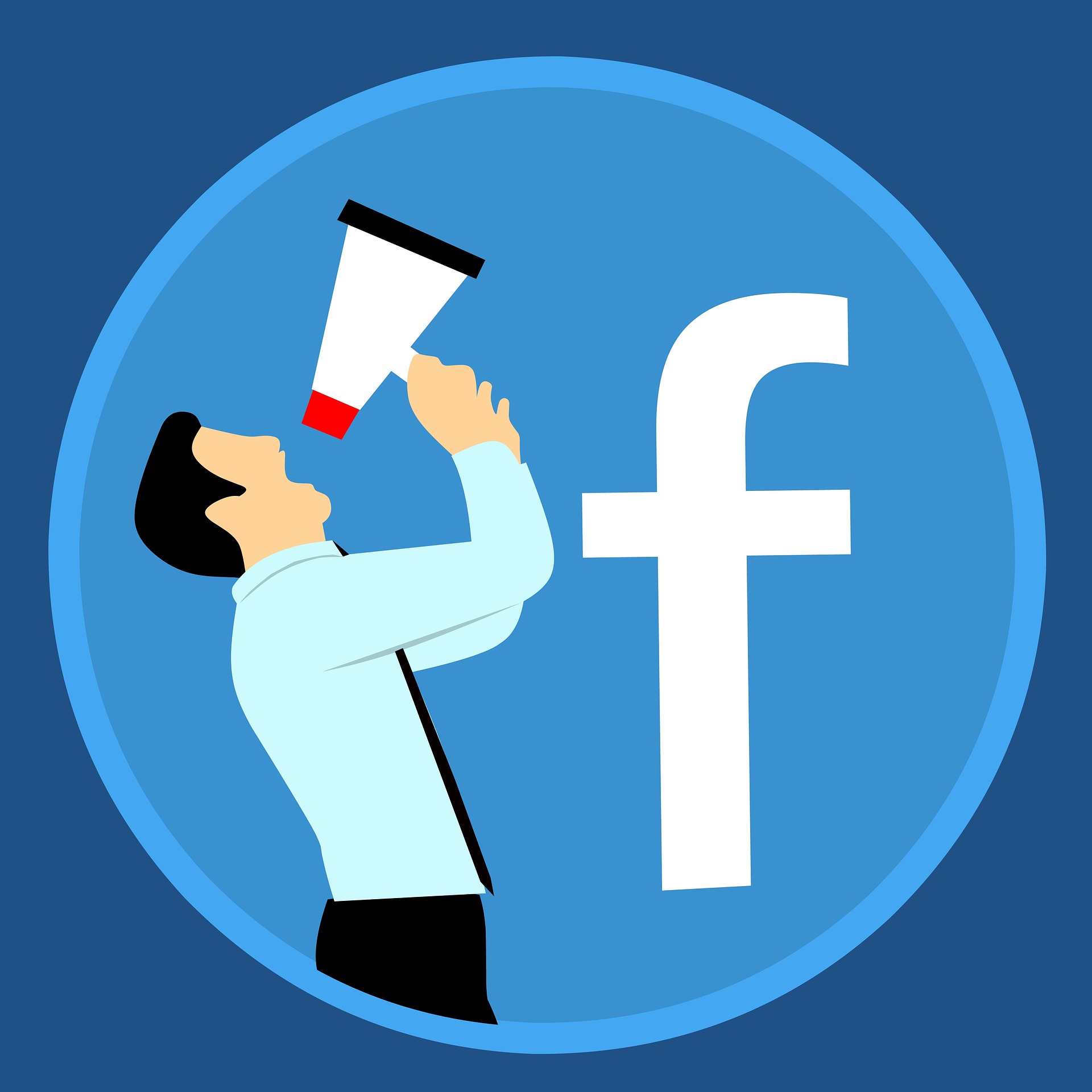It doesn’t matter if you’ve been managing Facebook ads for awhile, or are just getting started–if you’re here, then chances are that they aren’t performing as well as you’d like. We’re willing to bet that you invested in Facebook ads for one reason: you want new customers, clients, and/or partners. But if it’s not working, then what can you do? Well, you don’t have to give up. Instead, it’s better to take an honest look at your campaigns. You really could be closer to success than you think. To get there, you might just have to fix one of these 3 common mistakes.
Mistake #1: Choosing an Engagement Objective Over a Conversion Objective
When first setting up a Facebook ad campaign, it’s common for many people to choose either “traffic” or “engagement” as their objective. Here’s the problem with these 2 objectives.
Traffic – shows your ads to the “clickiest” people on Facebook. These are the people who will click just about anything; it doesn’t mean that they’re the type of people who will buy your product or service.
Engagement – shows your ads to people who will basically like or comment on anything. News flash: 100k likes won’t get you closer to a sale.
Surprised? You shouldn’t be. Facebook knows a lot more about people than you may have realized. Since it has tons of data about its users behavior, Facebook can tell which users are more likely to complete the objective you pick; therefore, by picking “engagement” as your objective, you’re asking Facebook to get you as many likes, comments, and/or shares as possible. The problem is that there’s no quality or relevance control. Facebook will serve your ads to like and comment hounds, even if they’re bots.
Benefit of a Conversion Objective
There’s quite a few different objectives to choose from, but only a select few are truly effective. If your main goal is to get people to buy your product or service online, then you should choose either “conversions” or “messages.”

Conversions – shows your ads to people who are most likely to complete the specific conversion you set. Generally, when you choose this option, you should make the conversion a thank-you page on your website. For example, if you’re a service business, then have a thank you page connected to your contact form. That way, users will get redirected upon submission. If you set the “thank-you” page as your conversion, then Facebook will serve it to users who are more likely to complete that action. If you would prefer phone calls over emails, you can also set phone calls as your conversion.
Sounds great, right? Well, it is. In order to use this objective, you must install the Facebook pixel on your website. It is the Facebook pixel that allows your website to talk to Facebook and vice versa. Once installed, you can do a host of amazing things.
Messages – shows your ads to people who are more likely to message you directly on Facebook. This is great for people who either don’t have a website, or don’t have a page on their site that matches the ads they are serving
Mistake #2: Pointing Ads to Unfocused Landing Pages
Your ad could have the most enticing offer in the world, but if you’re sending people to a page that doesn’t match what the ad is saying or offering, then you won’t get any sales or new customers. For example, if you’ve created an ad to sell shoes from your online store, then don’t send them to the homepage!
So many people think that all they have to do is send users to the homepage of their site; yet, when you do this, you can cause a lot of confusion. If the ad is about boots, and you’re sending them to a homepage that shows all kinds of different shoes, then the customer is more likely to wonder if they clicked on the right link. Instead, send them to a page that’s all about boots. In addition, make sure whatever you’re showing on your ad is as visible as possible.
Mistake #3: Not Utilizing Lookalike Audiences
Lookalike audiences can be extremely effective if used correctly. If you don’t know what they are, then listen up: lookalike audiences are made of people who share similar attributes to an existing audience. For example, you can make a lookalike audience that’s based on people who visit your website, engage with your Facebook content, and/or watch your videos. While there are a lot of options, the best kinds of lookalike audiences are the ones that are based on previous customers. You can achieve this by making an audience of people who have filled out a form, called, or signed up for your newsletter.
Now, what if your website doesn’t get any traffic? Well, then you should invest in either search engine optimization (SEO) or pay-per-click advertising.
Remember: to create lookalike audiences of website visitors, you must have the Facebook pixel installed.
Need Help WIth Your Facebook Ads? We Can Help!
If you need any help at all, then give us a call. We’ll audit your existing campaigns right away. With our help, you’ll be able to get the sales and customers you’ve always wanted.
 logo
logo
